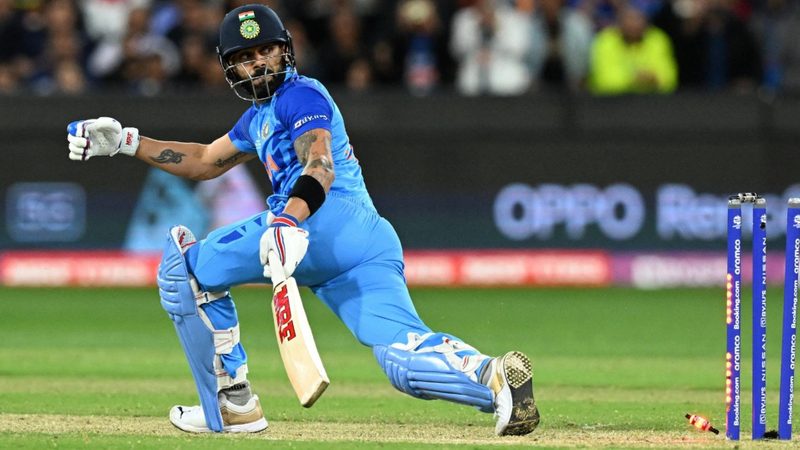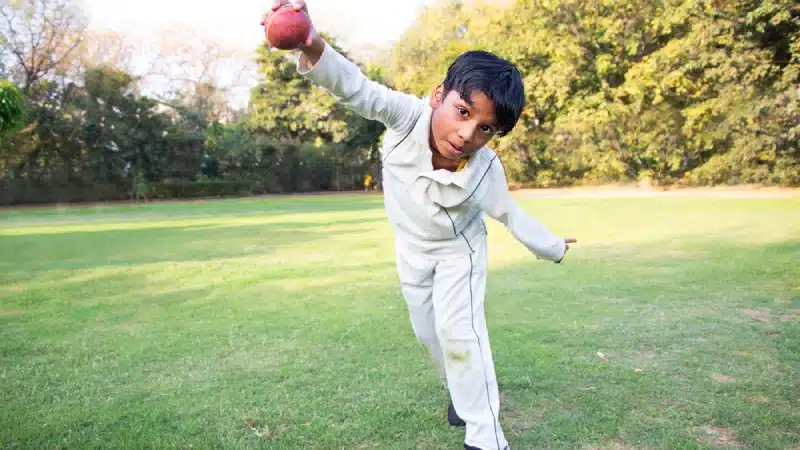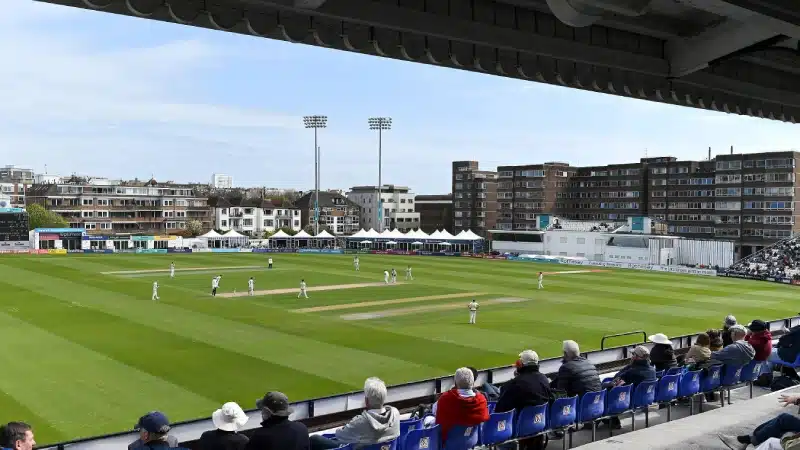
Over the last decade-and-a-half, the free hit rule has benefitted batters in ODI and T20I cricket.
A free hit is awarded to the batting team when a bowler bowls a no-ball. The rule was formulated to penalise the bowling team for bowling a no ball and provides batters with the license to score freely of the very next legal delivery by considerably lowering the chances of losing their wicket.
The free hit delivery is the very next legal delivery after the no-ball. So, it remains in effect until the bowler bowls the next legitimate delivery.
The free hit was introduced in the ICC World T20 in 2007 by the International Cricket Council (ICC) - the governing body of the sport. The rule initially penalised only front foot (overstepping) or back foot no-balls. However, the scope was extended in 2015 to include all types of no-balls (high bouncers, full tosses etc.) in limited-overs cricket.
Free Hit Rules
The delivery following the no-ball is declared as a free hit by the on-field umpires. According to the ICC rule book, the no-ball can include either front-foot or back-foot infringement, waist-high no-ball, changing the bowling side without notifying the umpire, the ball bouncing twice on the pitch, among others.
A batter can be dismissed on the free hit delivery only in the same manner as a no-ball delivery. Run out, hitting the ball twice and obstructing the field are the only permitted modes of dismissal for a batter when the free hit rule is in play. The batter also cannot be stumped if the free hit ball is wide.
The bowler, however, is only allowed to change the bowling side for the free hit delivery.
The opposition is not allowed to change the field during a free hit delivery unless there is a change of strike. The restriction includes changing personnel within the same field if the same batter who faced the no-ball delivery is on strike. In case of an illegitimate field change, the free hit continues onto the following delivery.
However, if the no-ball was given by the umpire for a fielding infringement, like having an extra fielder outside the circle, the fielding change is allowed irrespective of the batter on strike.
Can batters run when bowled on a free hit?
One of the possibilities on a free hit is the batters getting bowled. However, the batters are allowed to run after getting bowled on a free hit ball.
If the ball hits the bat before it hits the stumps, the runs are awarded directly to the batter despite getting bowled. In case the ball hits the pads first, the runs are added to the batting team’s total as leg-byes while they are awarded as byes if the ball directly hits the stumps.
One such incident famously transpired in the final over of the ICC Men’s T20 World Cup 2022 Super 12 match between India and Pakistan. After Mohammad Nawaz bowled Virat Kohli on the free hit ball, the Indian batter ran three runs - which were awarded as byes.
In the WBBL 2022-23, Piepa Cleary was bowled by Annabel Sutherland but the ball raced off to the boundary for four byes in favour of the batting team.
The free hit ball in which a batter is bowled is only considered dead once it settles in the hands of the wicketkeeper or the bowler.
Featured image: WILLIAM WEST / AFP




















